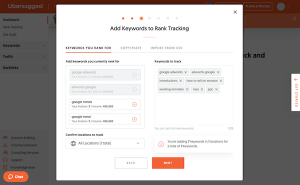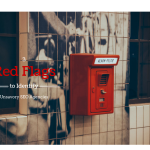By Julia Herbst
Remember when everyone was obsessed with the Great Resignation? We published piece after piece looking at why so many workers were resigning, and what employers could do to ensure remaining employees felt valued and engaged.
Now that the Great Resignation is decidedly over—even according to the professor who coined the phrase—we may be entering the “Great Gloom,” based on a BambooHR report that found that employee happiness has been in steady decline since 2020.
In an article in Fast Company earlier this week, CEO and author Jenn Lim looked at what managers can do to buck this widespread trend. “Why are employees so glum? They’re no longer riding the ‘highs and lows’ of their roles but instead shifted to ‘resignation and apathy,’” writes Lim. “The true problem with employee engagement isn’t a lack of motivation but a disconnect between the employee and the organization’s purpose.”
Disengaged teams cost the global economy $8.8 trillion annually, says Lim, but it’s also about the individual cost. “Workers aren’t feeling a sense of purpose in their work, unable to see the alignment between their values or connections to what matters most,” Lim says. “Instead of doing the work to understand what a fulfilling life looks like, we opt to sit in stagnant water.”
So what can be done to reengage quiet quitters who are feeling disconnected, or workers who lack psychological safety in the workplace?
Healthy workplaces are those in which there’s an open dialogue, write leadership professor Amy Edmonson and Radical Candor author Kim Scott. Creating a safe workplace means genuinely soliciting feedback, as well as giving honest and caring criticism and praise.
True employee engagement requires understanding and feeling connected to the greater mission of the organization, says Lim. “Help your team feel more connected to purposeful work by highlighting their individual contributions that ladder up to the organization’s greater mission.”
(1)







